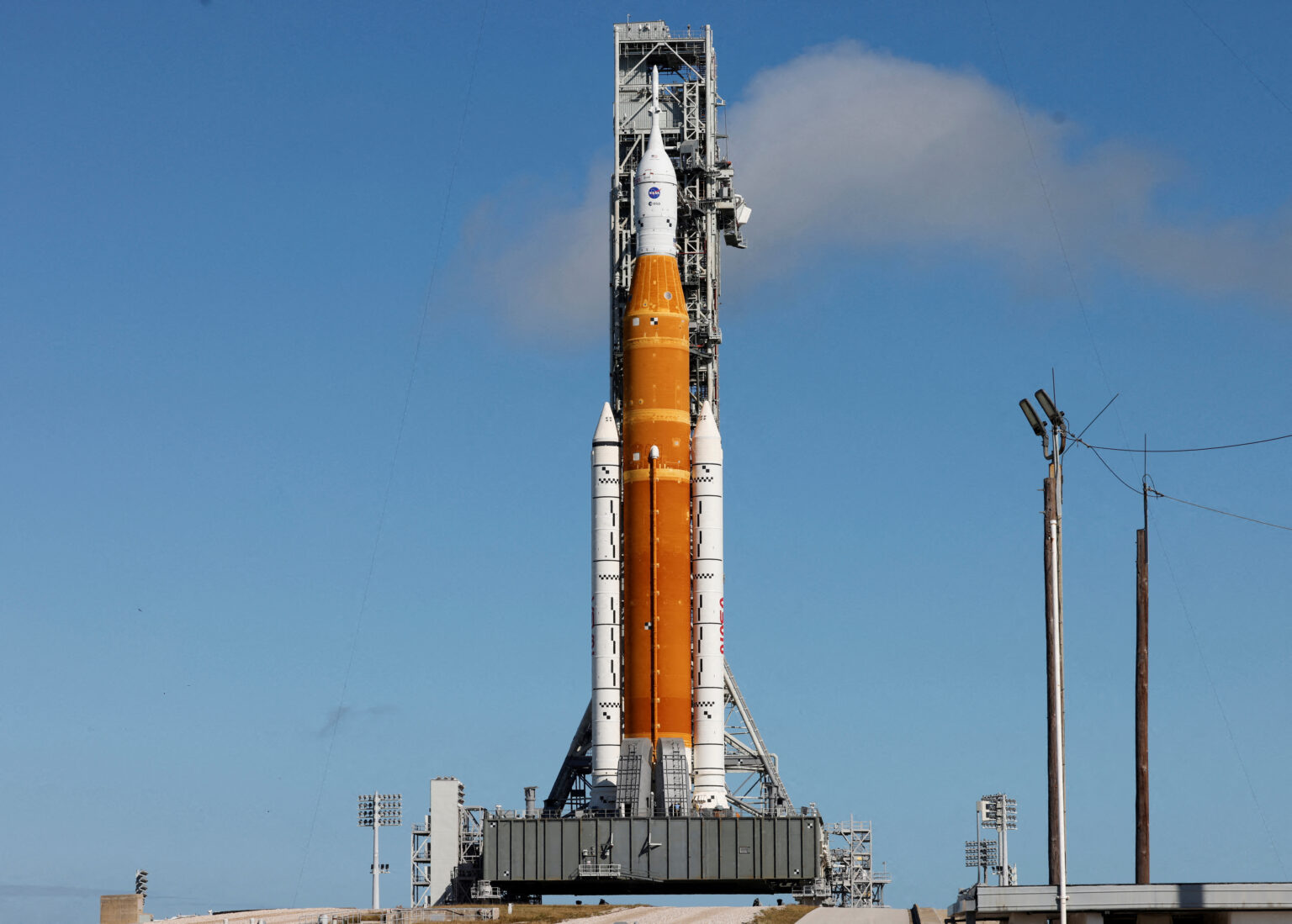Recently, NASA’s Office of the Inspector General conducted an audit of plans to reduce the cost of the SLS rocket by reorganizing its production. It will not be possible to achieve a 50 percent reduction in its price in this way, although it will indeed become a little cheaper.

Plans to reduce the cost of SLS
Plans to reduce the cost of the Artemis lunar program are unrealistic. Such conclusions are contained in the recently released report of NASA’s Office of the Inspector General. And this may become an obstacle to further plans for space exploration.
The giant SLS rocket is the main component of the Artemis program. It has an incredible thrust of 32 million newtons. In November last year, it already demonstrated its ability to send the Orion spacecraft on a journey around the Moon.
However, experts have already estimated that in 2025, the cost of producing only one rocket will be USD 2.5 billion. This turned out to be much more than expected in 2012, when the programs were launched. The current administration has requested an increase in it, but there are all signs that it will be reduced, and some missions will have to be postponed.
How to reduce the cost of a rocket
In order to get out of the situation, the leaders of the Artemis project proposed a plan to produce one SLS rocket for only USD 1.25 billion. The main way to achieve this was the transition from the services of many suppliers to one unified contractor.
Now the main contractor is Boeing. Aerojet Rocketdyne supplies them with RS-25 first stage engines. Northrop Grumman supplies two solid-state rocket boosters. Lockheed Martin is Orion’s main contractor, while the United Launch Alliance and the European Space Agency are also involved in the SLS and Orion programs.
The new contract, called Exploration Production and Operations Contract (EPOC), provided for an SLS contract with a joint venture between Boeing and Northrop Grumman called Deep Space Transport, LLC. It will be fully engaged in the manufacture of the rocket.
In addition to the unification, the plan provides for the search for new customers for SLS. It is expected that if some third-party customers are found for the rocket, then its production will be able to increase, and this will mean that each individual copy will be cheaper.
How NASA’s plans will change
The audit showed that all these plans would not achieve their stated goals. There will be a certain reduction in the price of the rocket, but it will not exceed 20 percent, that is, it will amount to about USD 2 billion. But the idea to expand the customer base is recognized as very good.
How this will affect the plans for the implementation of the Artemis program remains unclear. So far, no major changes have been announced in the schedule. In November 2024, as part of the second mission, four astronauts are planned to fly around the Moon and return to Earth.
Then, in December 2025, the next four will land on the Moon as part of the Artemis III mission. In 2028, the construction of the Gateway lunar orbital station is to begin as part of the fourth mission. And in 2029, the fifth mission is scheduled to take place.
However, no one has adjusted the ultimate goal of Artemis since the presidency of Barack Obama. It still says that people should get to the surface of Mars by 2040. Anyone can only guess how real these plans are now.
According to phys.org
Follow us on Twitter to get the most interesting space news in time
https://twitter.com/ust_magazine
